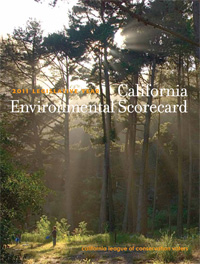In Santa Monica, there are two environmental issues that seem to come up every five years like clockwork: fluoridation of drinking water and dog beaches. A few weeks ago, the Santa Monica City Council decided to mollify the dog beach supporters by voting 6-1 to study the feasibility of a dog beach in the city.
Thankfully, the latest battle over dog beaches seems to have come to an abrupt end with state officials making it clear to Santa Monica staff that they will not provide necessary approvals.
As the president of Heal the Bay, a scientist with a doctorate on the health risks of swimming at polluted beaches, the owner of three rescue dogs, a father of three, and the longtime chair of the city’s Environmental Task Force, I’ve been involved at every level imaginable of the great dog beach debate for 15 years.
Although Santa Monica beach water quality has improved dramatically in the last three years (thanks to voter support of Measure V), our beaches still don’t consistently meet water quality standards for fecal bacteria.



